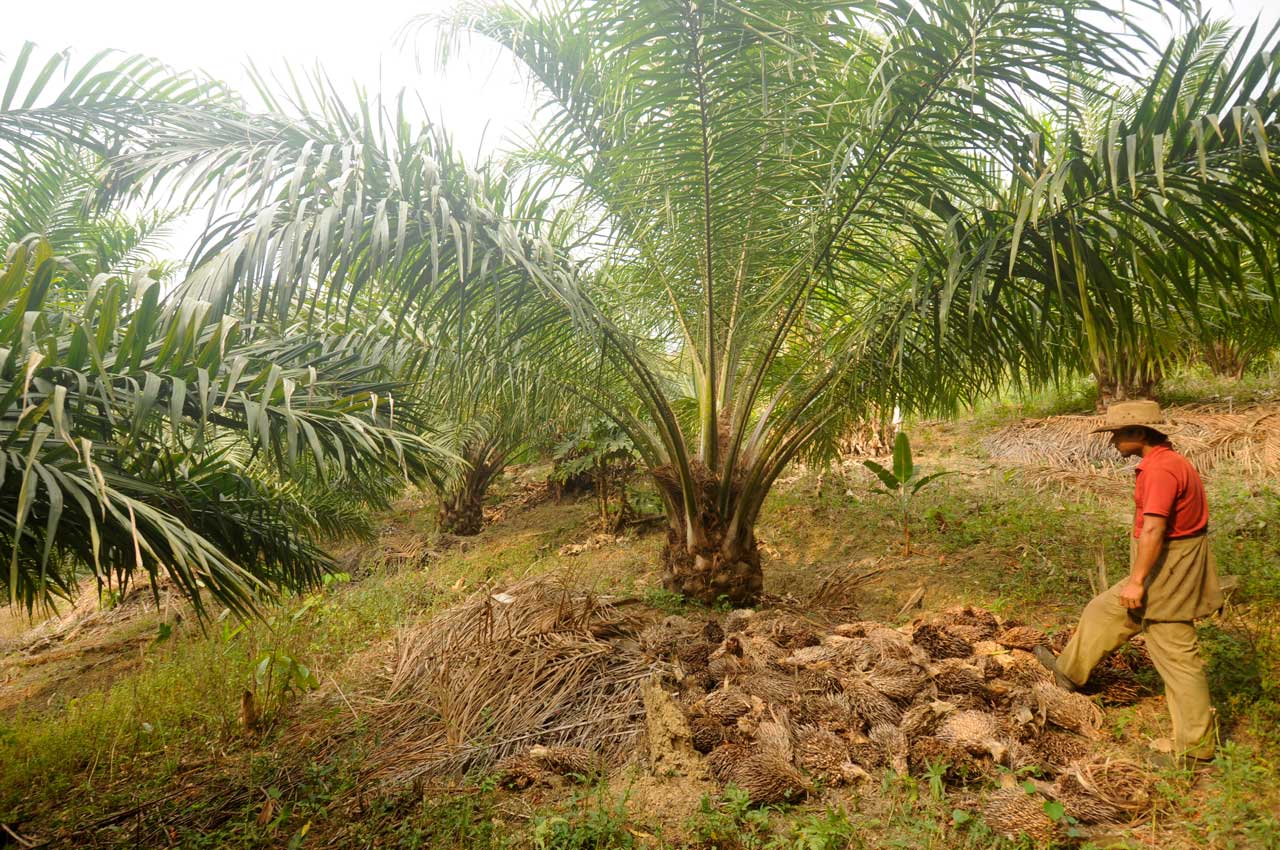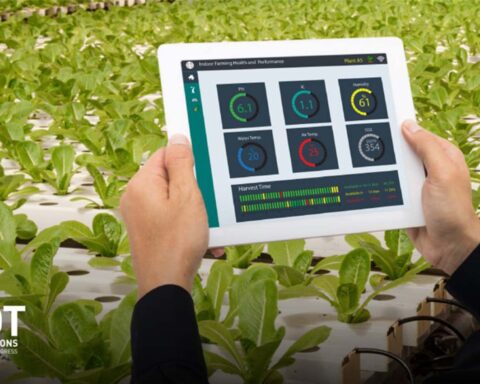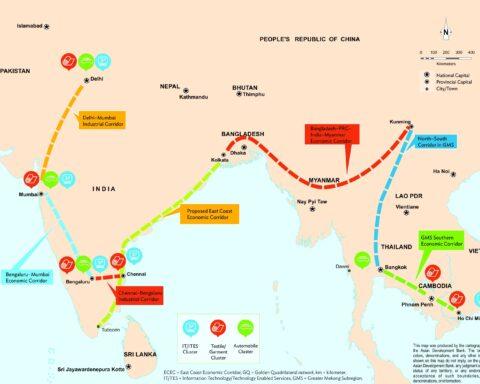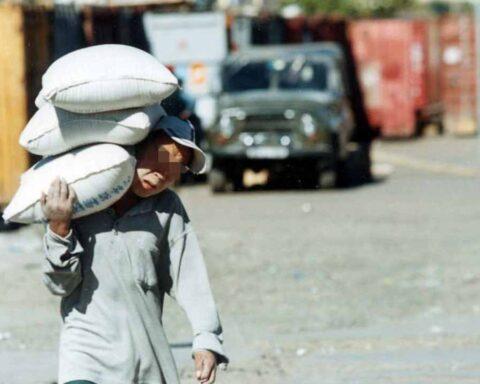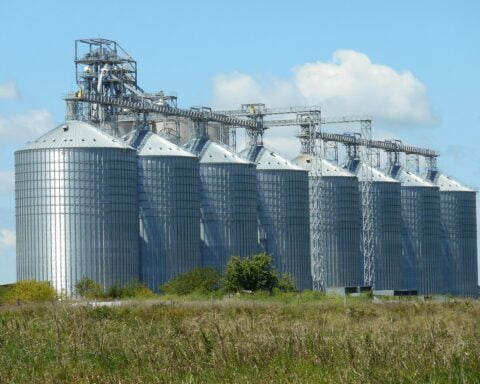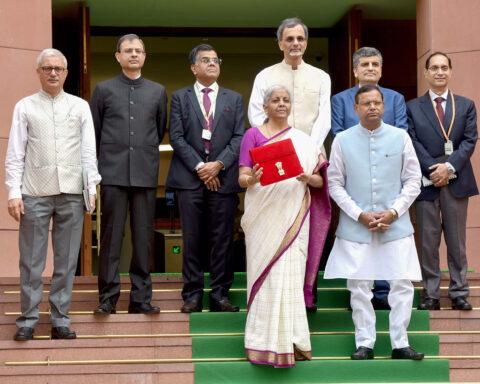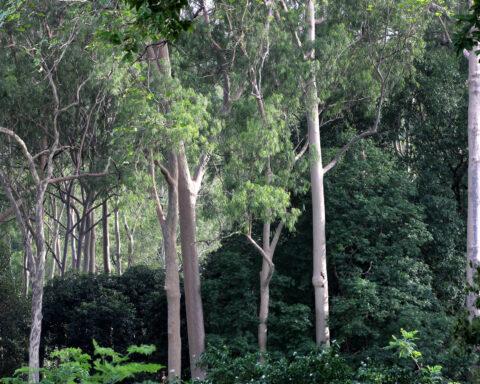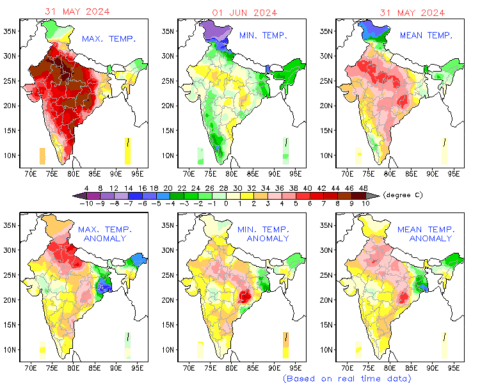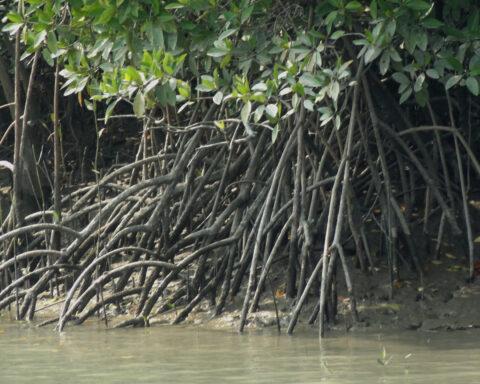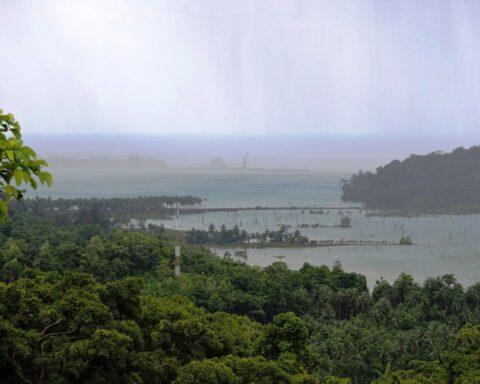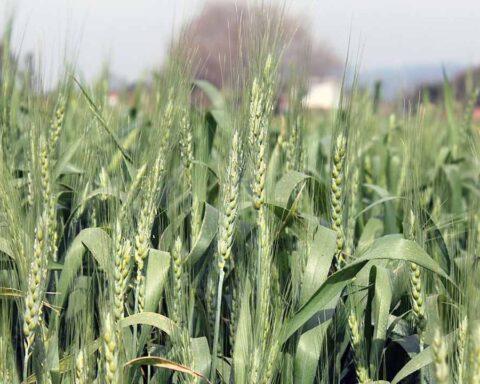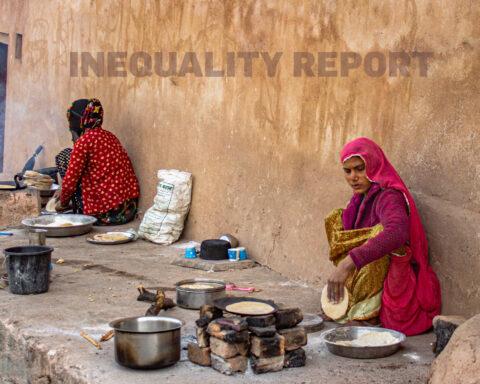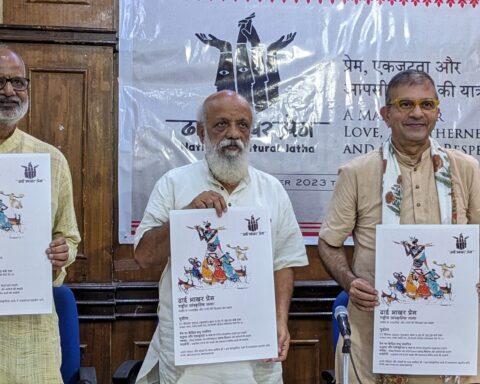The mission announced in August 2021 to bring an additional 6.5 lakh hectares under oil palm cultivation by the end of March 2026 is necessary to reduce the country’s dependence on imported edible oil but its extension to the Andamans should be reviewed. However, in ecologically sensitive regions like the Northeast, civil society groups will have to remain vigilant and ensure that forests are not cut to make space for oil palm plantations.
Over the past 30 years India has brought 3.5 lakh hectares under oil palm cultivation. The National Mission on Edible Oils–Oil Palm (NMEO–OP) announced last August aims to almost double the coverage in a span of five years. This government is good at overreaching. In February 2016, Prime Minister Narendra Modi grandly announced that the government would double farmers’ income by the end of this financial year. That target will not be met. In 2019, the prime minister declared that India would become a $5 trillion economy by the end of March 2024.
India’s GDP this year will be a little over $3 trillion, according to the first advance estimates. It would be a leap of faith to expect the economy to grow by another $2 trillion over the next two years. Without purposive action, the ambitious target set for the oil palm mission might become another instance of expansive talk and underachievement.

